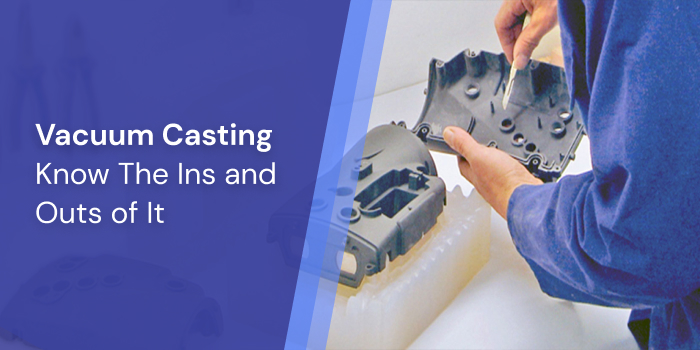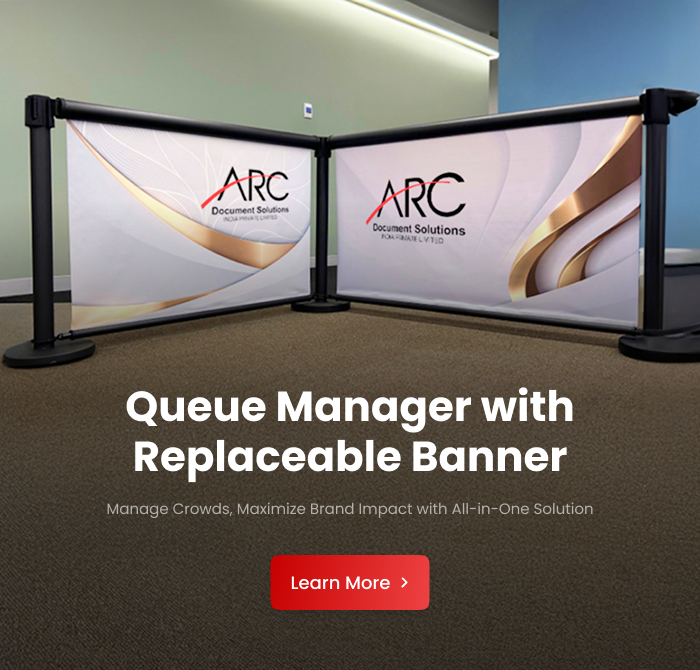Vacuum Casting-Know The Ins and Outs of It

When it comes to making prototypes, there are different ways but if you are looking for the most efficient one, you should consider vacuum casting. Vacuum casting, also known as urethane casting or polyurethane casting was first used in Europe in the 1960 and since then it has become a very popular method of producing plastic prototypes.
Vacuum casting is the most cost-efficient and handy way of making rapid prototypes and final parts of any plastic product. The best part of vacuum casting is that it makes the manufacturing process much faster than any other method. For making the prototypes of master patterns, vacuum casting uses casting resins and silicone mold. The reason behind using these materials is that they are highly reusable. The vacuum casting-produced prototypes are very useful for engineering testing, functional testing, product development, creating visual models for crowdfunding and marketing campaigns and many other purposes.
Now it’s time to know more about what a vacuum casting is and why you should consider it for your next prototyping project-
Vacuum casting-what is it?
The first thing that you should know is what vacuum casting is. This smart process comes with three simple steps. The first step involves creating the master models using high-quality 3D printing technology processes like stereolithography (SLA) or selective laser sintering (SLS). Both these 3D printing technologies can produce parts with perfect surface finishes and characteristics for the master model.
Liquid silicon is used for casting the master model. When the silicon mold becomes hard, the master model can be removed by cutting along specific lines. A polymer-based resin is used for injecting the silicone mold and the whole process run under vacuum so that it can eliminate air bubbles from the cast resins, thus producing dense and accurate parts. The mold is removed once the resin is solid. The mold can be reused up to 20 times for producing the copies.
The key advantages of using vacuum casting-
Quality:
Quality is the most crucial reason for using vacuum casting to create prototypes. Though vacuum casting is mainly a prototyping process, it can create production-ready models also. When it comes to producing small and highly detailed parts, silicone molds work great as they can form the smallest details on the master model. One thing you should remember is that the quality completely depends on the master model. We, at ARC, always make sure that our 3D-printed master model comes with the best surface finish and resolution features to create the best quality of molds.
Material Choice:
Another key advantage of using vacuum casting is that it provides you with a wide selection of materials. Regardless of the material of the master model, silicon is the standard choice for molds. There are several choices of materials that you can use for final casting. Be it stiff plastics, flexible elastomers, or transparent materials, you have a wide number of choices for the final casting materials. ARC offers a vast selection of castable and curable resins that can easily resemble thermoplastics.
Testing:
As we have already discussed vacuum casting can create highly accurate parts from a large selection of materials, it can create prototypes resembling the final product. Therefore, vacuum casting can create prototypes that are ideal for functional testing and validation. The high-quality prototypes enable product developers to conduct quality assurance at the initial stage to determine whether the product is perfect for a particular application or not.
Time:
Vacuum casting can save a significant amount of time by speeding up the entire production process. The traditional injection molding process heavily relies on tooling produced from metals like steel. The conventional molding processes are good for mass production but not a perfect option for prototyping as they take weeks to produce. On the other hand, a silicone mold can produce prototypes within a day only.
Cost:
Once the master model is ready, vacuum casting is the most cost-effective way to produce replicas. This process doesn’t involve investing money in producing hard tools that are required in injection molding and pressure die casting processes. Furthermore, vacuum casting is a much more energy-efficient process than injection molding, CNC and pressure die casting.
Is vacuum casting the right option for the production of your rapid prototypes project?
With all the benefits mentioned above, it would be a smart decision for you to invest in vacuum casting. ARC has been a market-leading name for vacuum casting solutions. With highly experienced and skilled resources, stellar finishing services and best-in-the-class inspection, ARC offers vacuum casting solutions at the most competitive price. Get a free quote here.


